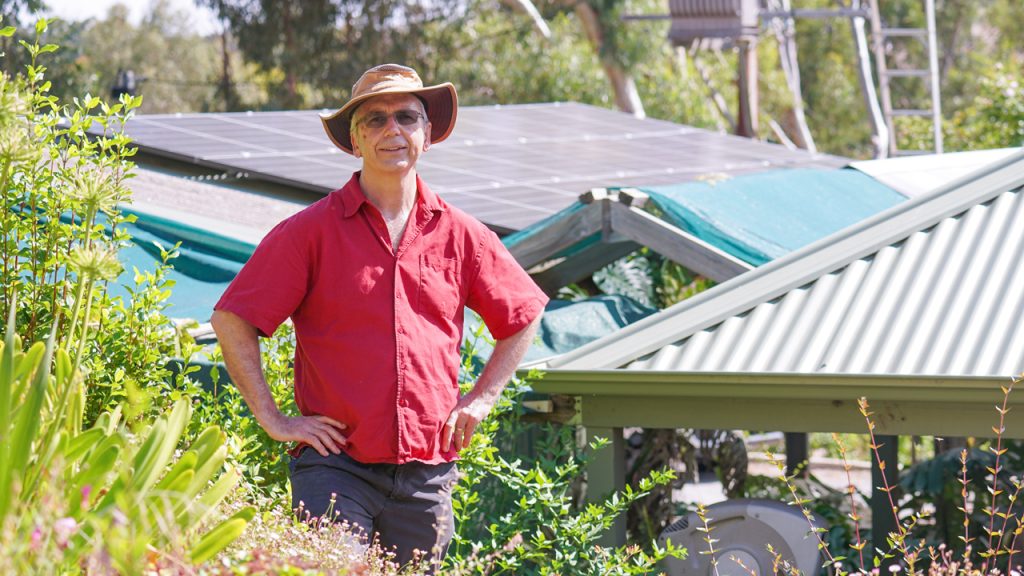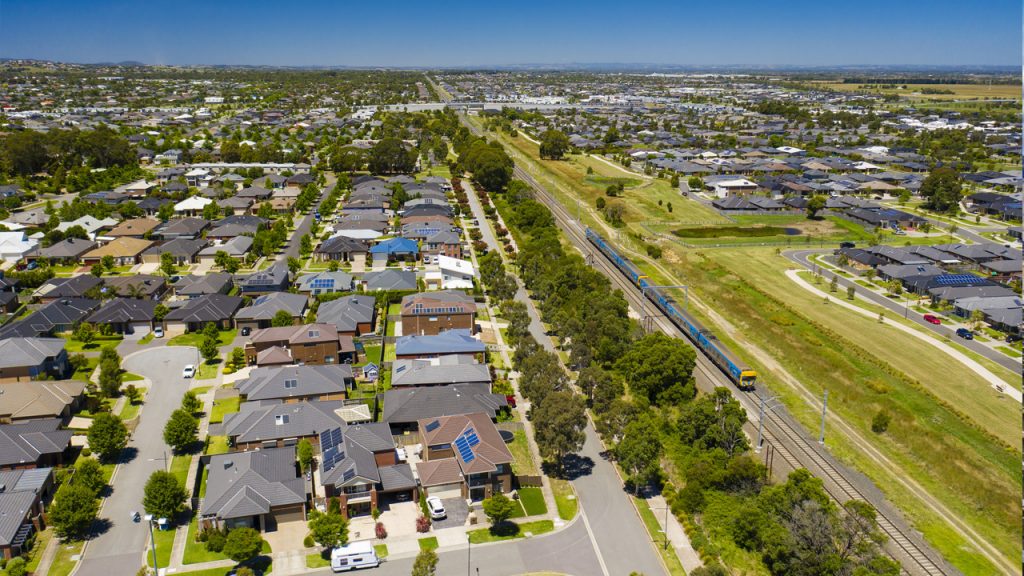It doesn’t achieve everything but it certainly gets us started and points us mostly in the right direction.
The Post 2025 Market Design Options Paper released by the Energy Security Board offers a range of considered solutions to the security challenges that our energy system faces as it transitions to a renewable energy future.

And that’s a good thing. Because if we can deal with those security concerns – ones that have loomed large across the political arena, among stakeholders in the energy system and among the general public since the South Australian blackout of 2016 – then we can begin to make much-needed progress on other critical questions.
There are four tests that the ESB’s package must meet if it is to meet the expectations of households and small businesses for a better energy system in the future.
These are whether it supports the transition to clean energy, will electricity be cheaper, will electricity be abundant and will the overall system be fairer.
There are a lot of opportunities among the many pages of this document. Some significant changes have been flagged as early and immediate, while others (sometimes disappointingly) have been left for later. But the most important thing is we now have a framework that can allow us to get on with much-needed reform.
While the Options Paper for the most part has a good feel for where we need to get to as an energy system it is less clear when it comes to laying out a practical pathway to securing the full and fair participation of consumers.
Background to the Options paper
The Energy Security Board was asked by energy ministers in March 2019 to develop options for a fit-for-purpose electricity market that reflects huge changes underway in how Australia generates and consumes electricity.
Large fossil fuel generators are at the end of their economic life, massive quantities of renewable generation and battery storage are being added to the system and everyday Australians are flocking to rooftop solar and other behind-the-meter technologies.

Delivering on security
What we see released today does not fully realise a future vision for a democratised and distributed energy future – what we call the second transition. But it does offer clear solutions on security issues that have slowed the system’s transformation.
Measures that provide much-needed dispatchable capability and essential system services, like voltage, inertia, and frequency control might not be the most exciting part of designing the future (for anyone other than engineers and economists) but they are critical to the functioning of a system based on renewable energy and storage.
Together with planning for transmission investment where it is required, the measures canvassed in the Options Paper should help resolve the security concerns that have shadowed the system’s transformation since the South Australian blackout of 2016.
What is not clear is the future pathway for electricity prices, if this package is adopted. While the ESB has flagged that it will be modelling the costs and benefits, the critical question for consumers is whether they will be asked to pay more for electricity, and if so for how long?
The Options Paper recognises the value in rebalancing the system, pushing beyond an excessive focus on investment in large-scale generation infrastructure to a future in which consumers are active participants to the extent that they wish to be, energy resources are more distributed and demand-side and community generation and storage initiatives are common.
This is the future Energy Consumers Australia advocates for: A smarter (though sometimes more complicated) future in which we collaboratively create the frameworks needed to harness energy resources that arise from consumers’ preferences, choices and habits, and the availability of technology.
It’s critical that we avoid building costly new infrastructure where and when there are smarter alternatives. Every dollar we save in this way should be a saving that is passed on to consumers.
Reform needs to be consumer-centered
The Options Paper falls short not in its vision, or in offering the capability to operate the system efficiently, but by not providing a practical roadmap for a distributed energy future. There is a lost opportunity to identify the steps and sequencing needed to create a future that rewards households and small businesses who have the opportunity and desire to manage their energy use and generation.

There is also a risk that short-term focus on “command and control” methods to deal with some system security issues means the trust needed to build a more democratic, consumer-centred system could be damaged.
The recommendation to extend throughout the National Electricity Market South Australian-style emergency backstop powers that allow network operators to “switch off” rooftop solar exporters in the name of system security is concerning.
The problem is a real one. Consumers need and deserve a secure system that can balance supply and demand and minimise harmful outages. We acknowledge that there are existing security challenges and that emergency backstop may in some circumstances be necessary.
But the starting point needs to be engaging with consumers and earning social licence. That comes from establishing trust and designing options that provide Australians with ways of managing their use and generation that help their neighbours, their community and the system but also reduce their energy bills.
There is much work to be done before this future can be realised. Energy Consumers Australia encourages the ESB to continue exploring how jurisdictions can and should secure social licence for this kind of backstop capability before final recommendations are made later this year.
Consumer choice and protection
The Options Paper takes welcome steps towards a future operating environment in which consumers have more choice when it comes to retailers and new business models. The possibility of obtaining energy services from more than one provider represents a potential game-changer for competition, flexibility and increased consumer choice.

But further detailed work is needed around a new consumer protection framework before consumers can be confident that protections are suitable for the ways Australians will use and generate energy in the future.
This is a critical piece of reform that needs to be prioritised. Consumer protection sits at the heart of a fair and well-functioning system. It should not be an appendix to system reform, it should be included from the start.
There is also a need to commit to fairness in the future energy system. We can see all around us a widening energy divide between households that can access opportunities to be more energy efficient and those that cannot (often renters and low-income households). If we don’t build this awareness into our design processes we are likely to create unintended harms for those who can least afford them, and contribute to a more unequal society.
What we have with this Options Paper is a necessary step and we are hopeful that its release, and the consultation period to follow, will create the momentum and direction needed for reform. The open and consultative process of creating the Options Paper points to a process that is encouraging for future reform efforts. We’ve seen through this process and from what’s envisaged going forward that the ESB and other market bodies are seeing the importance of working with consumers on market design and how to go about it.
Energy Consumers Australia is preparing a full submission as part of the Options Paper final consultation period before the finished paper goes to energy ministers mid-year.


